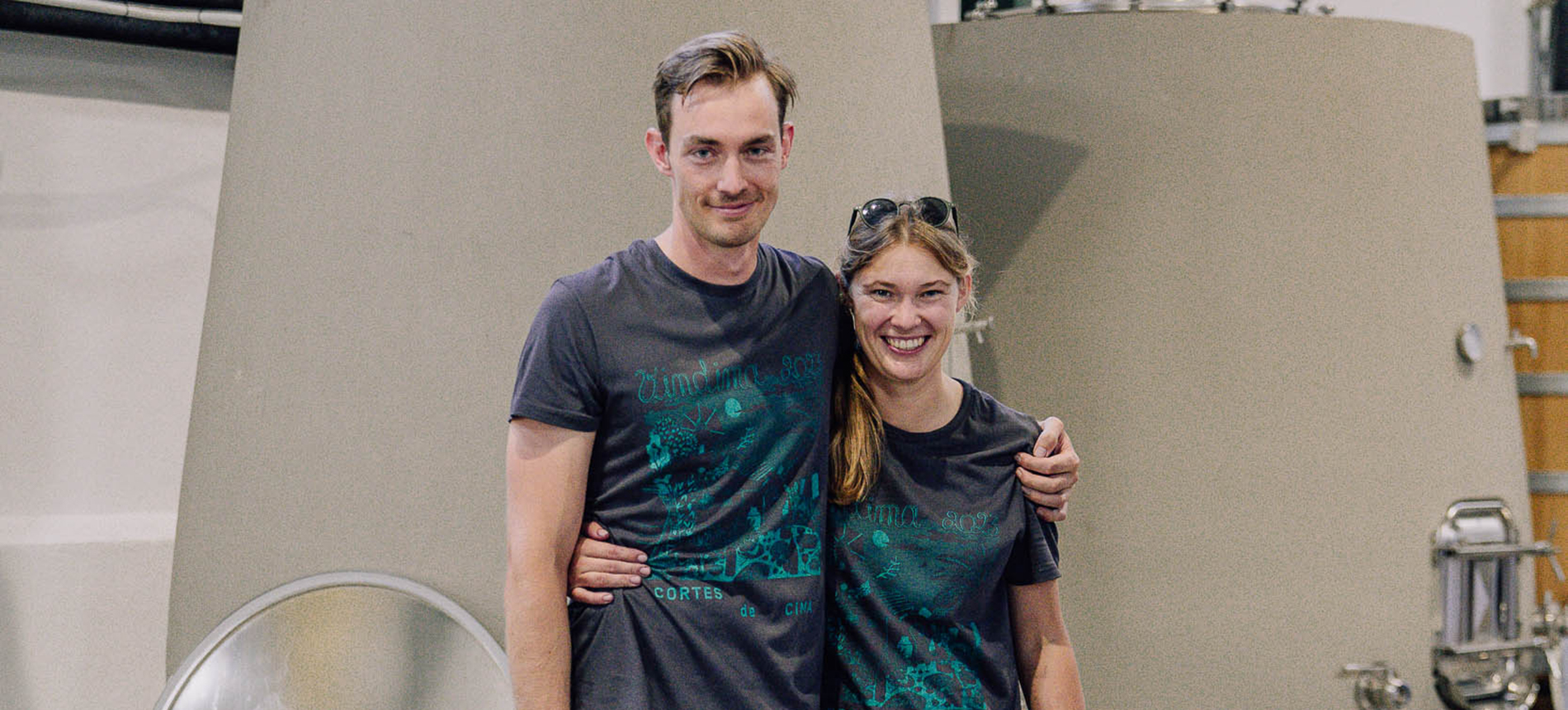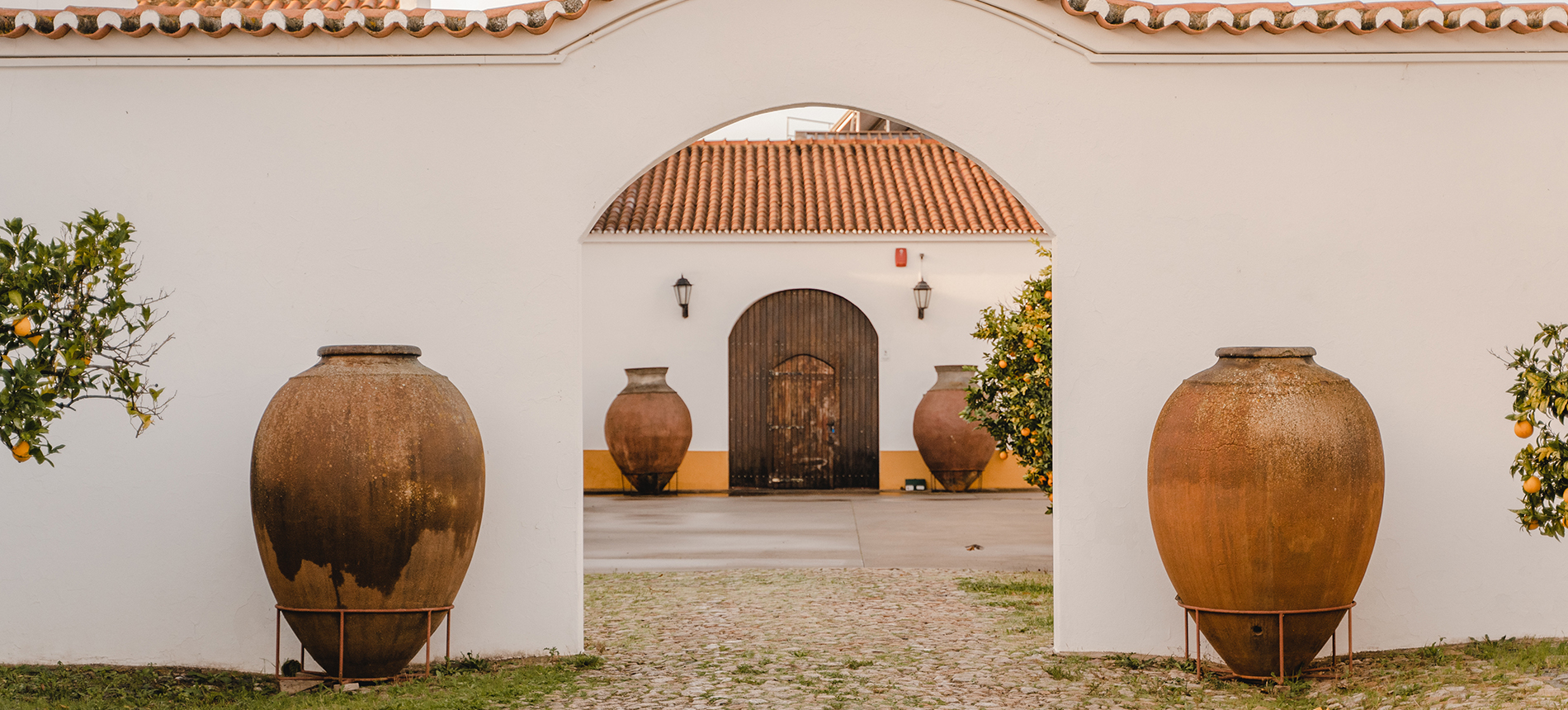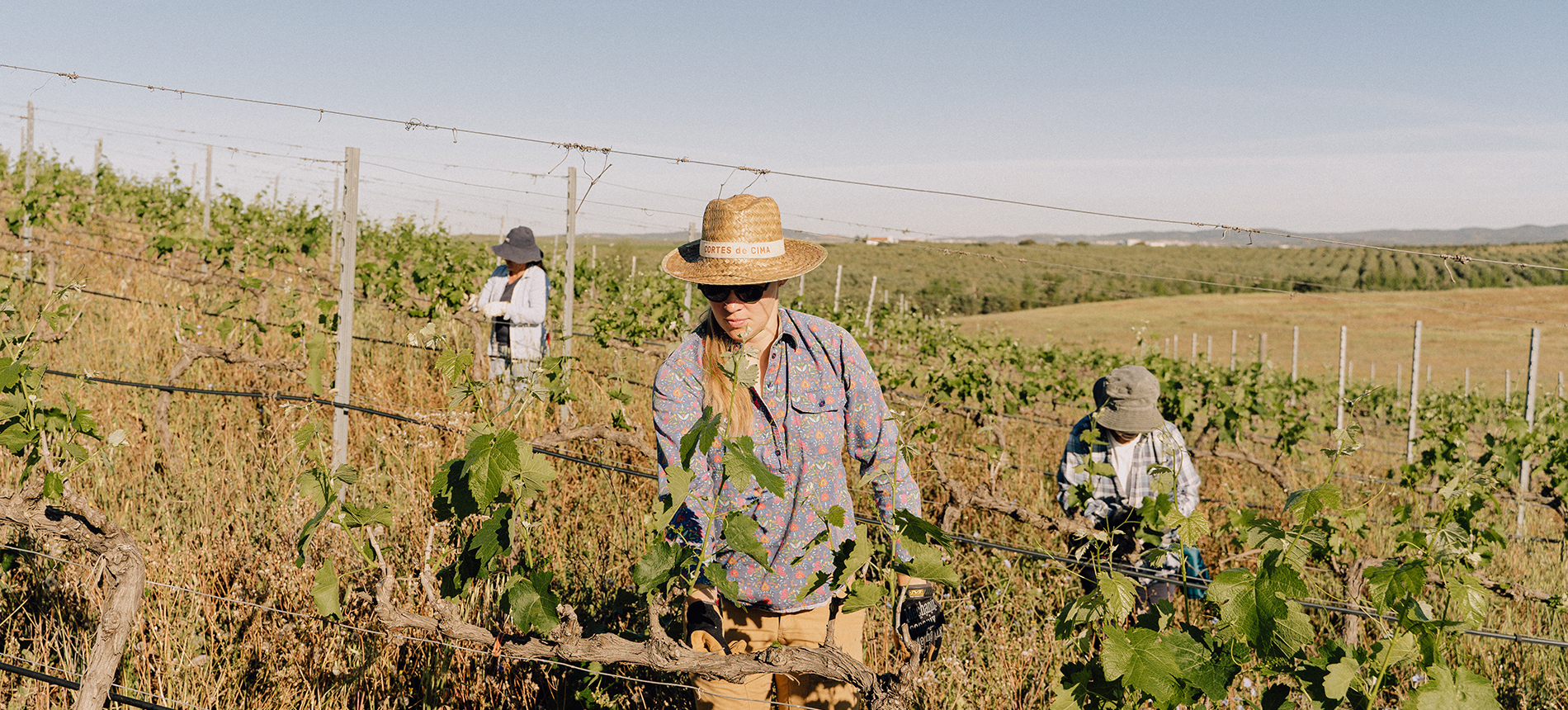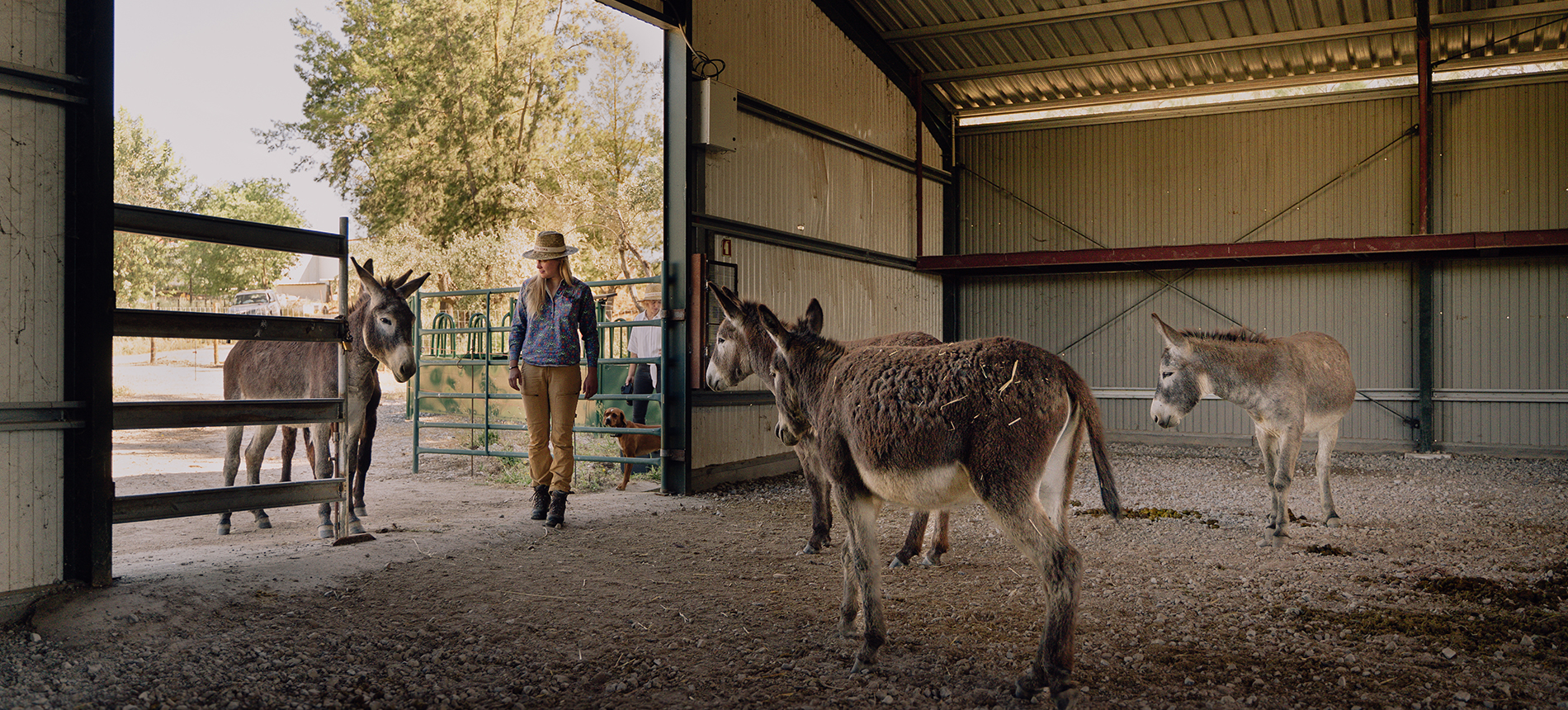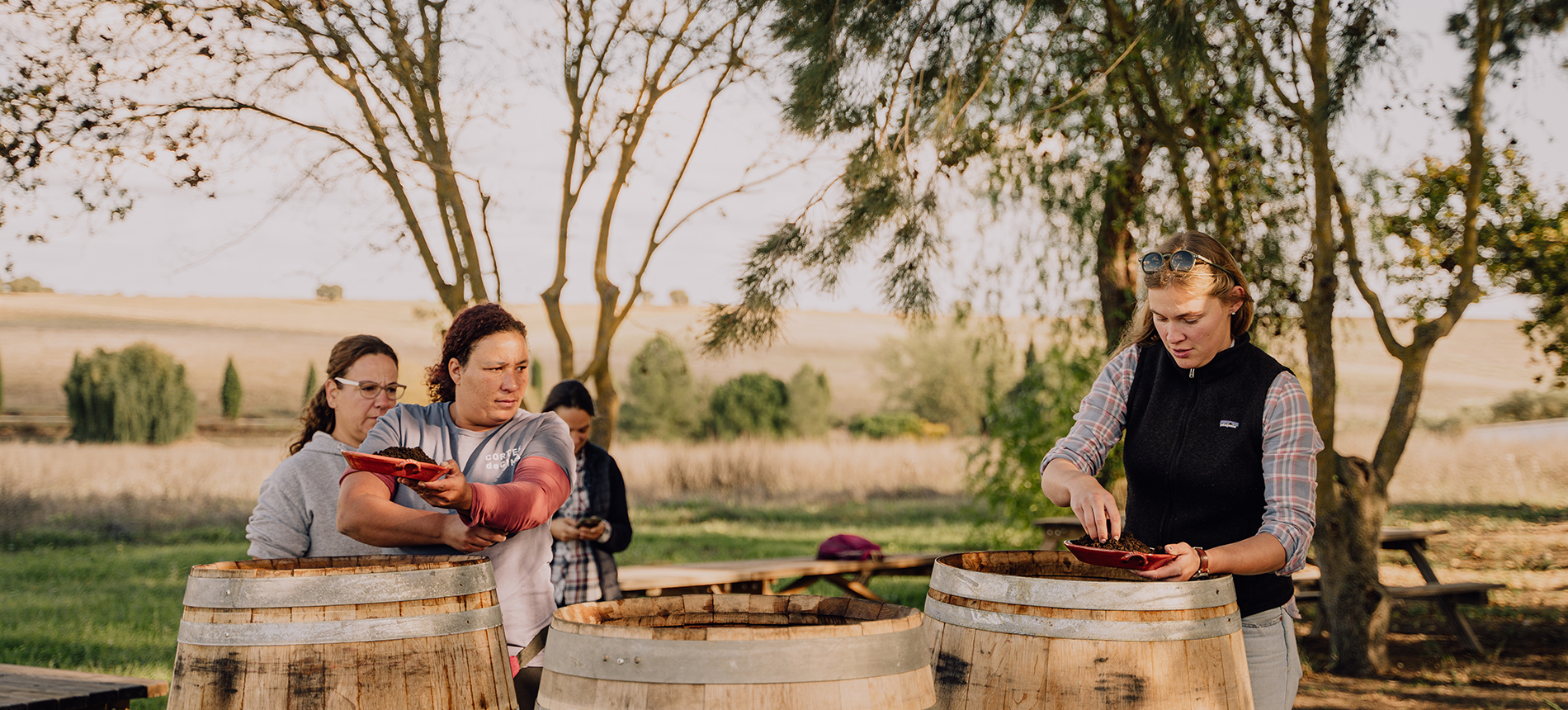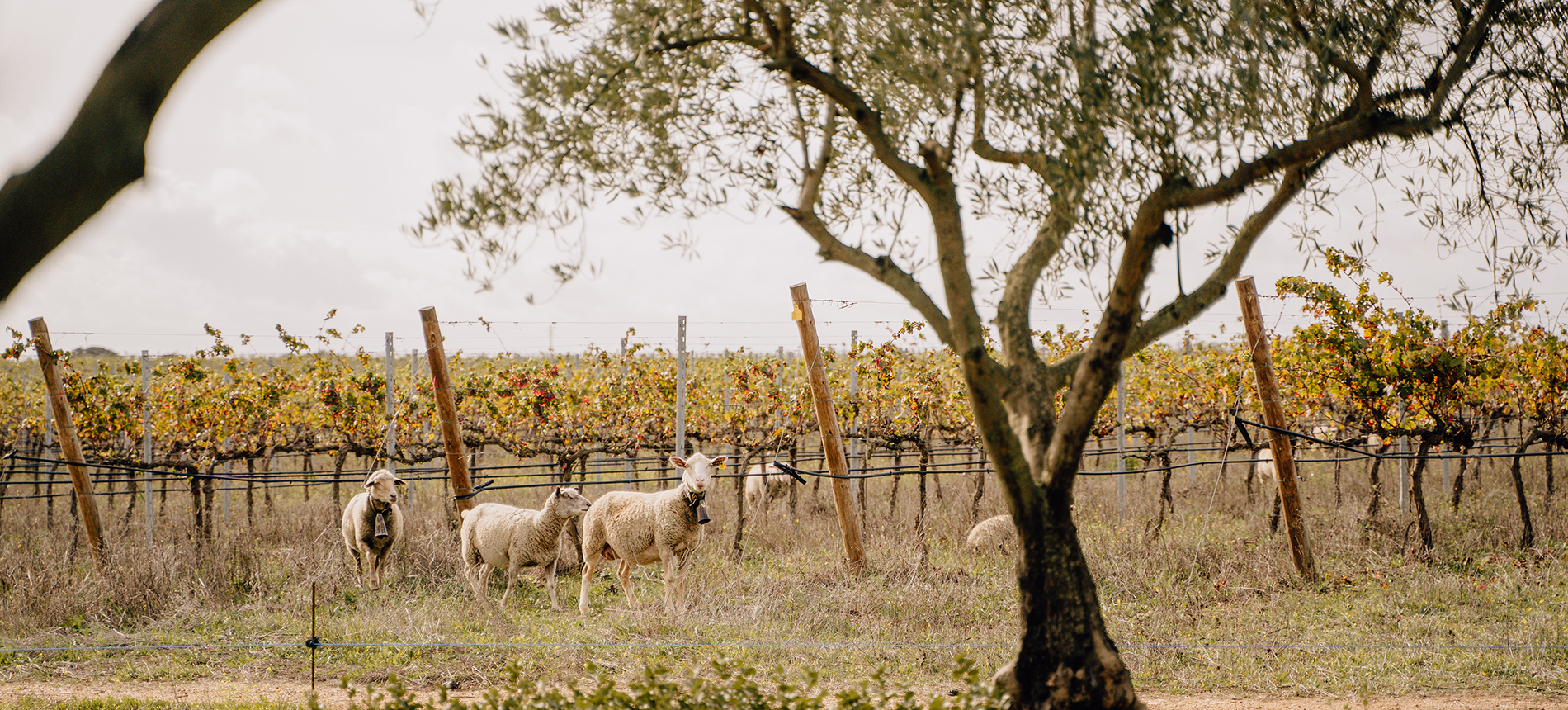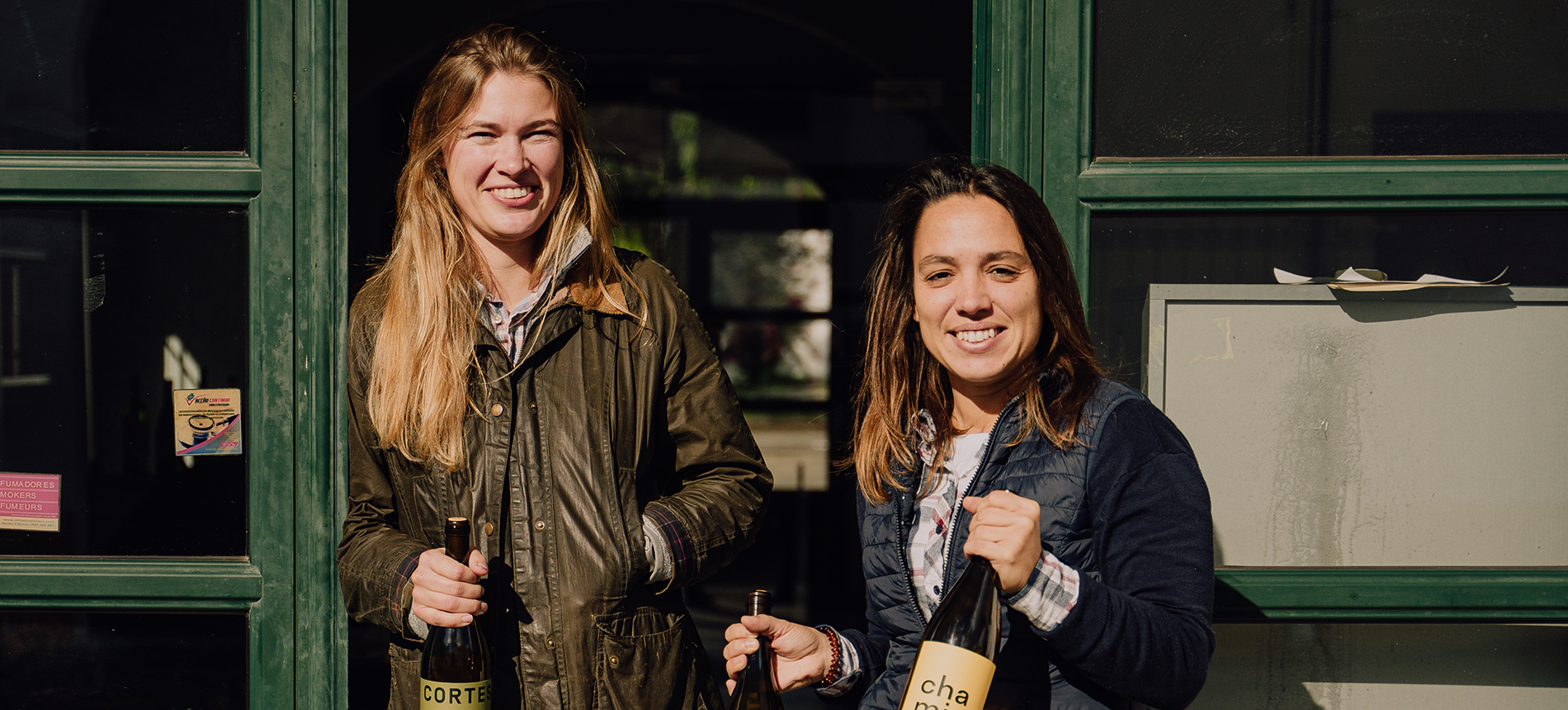There is a new shining star in Alentejo and that is Cortes de Cima and its new incarnation! In 2019, the dynamic Anna Jorgensen took over the winery from her parents (Carrie and Hans) and began a dramatic overhaul of the estate and the wines. Environmental sustainability and low-intervention, terroir-driven wines are now her primary focus. This has meant moving the viticultural practices over to ecological and regenerative agriculture practices. She has also begun to incorporate aspects of biodynamics as well. To achieve this, she has taken a “less-is-more” approach and dramatically reduced the number of hectares under vine. Her parents had farmed 240 hectares and now she is under 100.
Anna also tapped top terroir consultant Pedro Parra in this process to help isolate not only the best terroirs but also those that can grow grapes dry-farmed, particularly as water is becoming a precious commodity in Southern Europe during the new norm of hot, dry summers. Additionally, to help facilitate the polyculture of the estate, she has brought back over 40 hectares of olive trees and 100 hectares of cork forest. The estate now also has over 200 sheep to both graze and fertilize and is beginning with cows as well!
The history of the estate began in 1988 when Anna’s parents came to Portugal and bought their main holdings in Vidiguera. They later also bought some vineyard land along the Alentejo coast. Alentejo is a large appellation, accounting for almost one-third of the size of Portugal. As one can imagine an area this large has many diverse terroirs. The vines in Vidiguera are on topsoils of clay with the main rock below either granite or limestone. The varieties planted here are Touriga Franca, Trincadeira (Alentejo’s name for Tinta Amarela), Alicante-Bouchet, and some Syrah her parents planted in the 90s. The coastal vineyards are near Vila Nova de Milfontes about 3 kilometers from the Atlantic and benefit greatly from the cooling influence of the ocean. The soils are created from a mix of volcanic and granite rock that has decomposed into sand. Here the varieties planted are Alvarinho (Albariño in Spain), Loureiro, Arinto, and Sauvignon Blanc for whites, and Jaen (Mencia), Cabernet Franc, and Syrah for reds.
The new line of wines retains the core, Chamine' Branco and Tinto for the entry level and then a special selection or “reserve” called Cortes de Cima Branco and Tinto.
The Chamine white is a blend of both coastal and inland fruit naturally fermented in steel and aged on the fine lees for a year. The red is from the inland vineyards and is a blend of Touriga Franca, Trincadeira, Alicante Bouchet, and a bit of Syrah. The wine is fermented naturally in steel with 30% whole cluster and minimal movement to keep the extraction very gentle and then ages in used oak for a year. The Cortes de Cima wines come from the estate’s best and oldest vines. For the white, the fruit is fermented and aged in 2000L Austrian foudres and spends a full two winters in the winery to naturally stabilize. The red is made from the top grapes on granite soils and like the Chamine it is about 30% whole cluster and aged for 1 year in used French oak.
The wines in general exhibit a lot of energy and beautiful purity of fruit. The whites have an exotic spicy quality to them that is both unique and delicious along with a lovely base of minerality. The reds have concentration but also a lot of lift and energy with a fruit tone that is at the darker end of red fruit tones. This is a big departure from the typical Alentejo wines which tend to be big, concentrated wines with a lot of extraction and oak influence. Much has been written and said about the New Spain, but Anna’s work in this large, backwater region is nothing short of revolutionary, and lays a case that the New Portugal movement is not too far behind! And the future is looking even brighter for this star!
